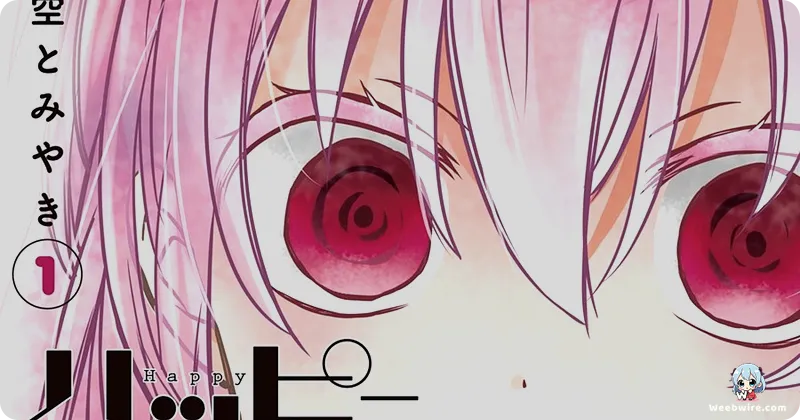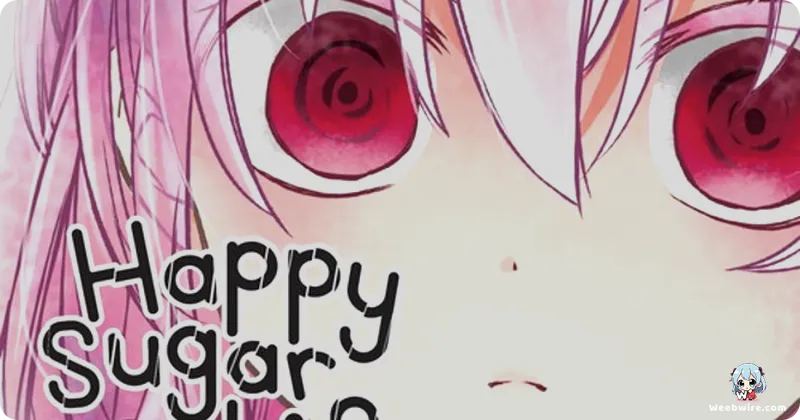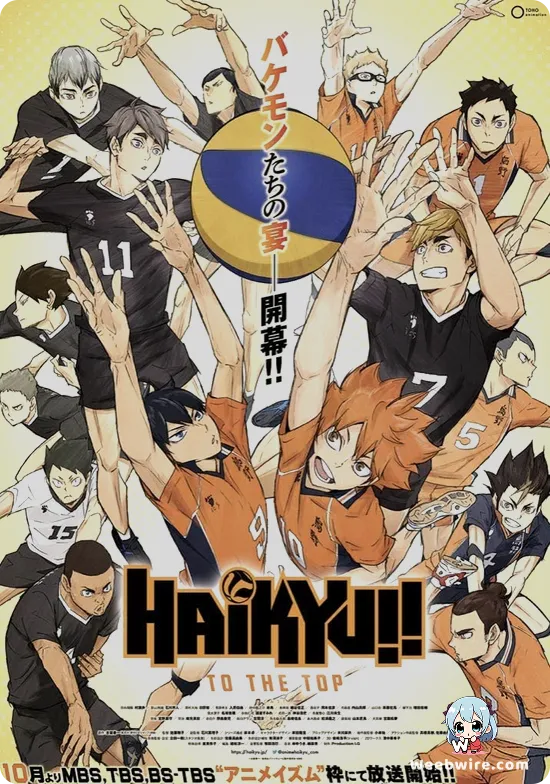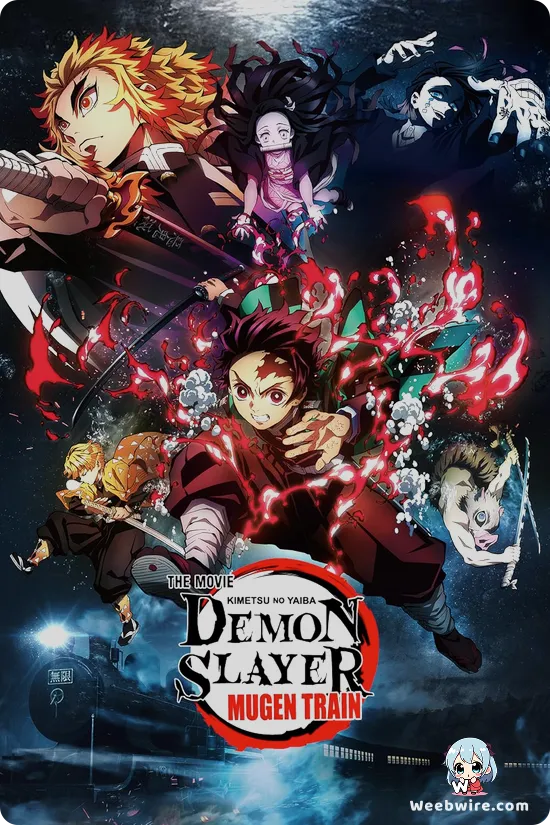The Chilling Embrace: Inside 'Happy Sugar Life's' Masterful Blend of Innocence and Psychological Dread

Happy Sugar Life, the 2018 anime from studio Ezo’la, skillfully challenges expectations, presenting a psychological horror within a charming, pastel-colored exterior. This series is not a conventional romance; instead, it explores the unsettling aspects of obsession, profound trauma, and a distorted understanding of love. The detailed narrative and presentation choices are key to its impact, revealing meanings that may not be immediately apparent.
The anime’s visual approach is a notable element. Its vibrant, almost sweet world, characterized by soft colors and appealing character designs, serves a specific narrative purpose. This seemingly innocent facade is designed to disarm the audience, thereby amplifying the emotional intensity of the underlying horror. The 'sugar life' that protagonist Satou Matsuzaka strives to maintain with Shio Koube is far from sweet; it is an illusion built on abduction, manipulation, and acts of violence. This contrast between the inviting visuals and the grim reality creates a unique sense of unease, prompting viewers to reconcile the beautiful imagery with the disturbing events. It exemplifies psychological storytelling where the innocuous becomes a harbinger of dread, mirroring Satou’s skewed perception of happiness.
The narrative is further enriched by the symbolism woven throughout the series. The recurring motifs of 'sugar' and 'salt' are central to understanding Satou's complex psychology. 'Sugar' represents her idealized, pure, yet artificial happiness with Shio, which she believes must be protected at any cost. Conversely, 'salt' symbolizes the harsh realities of the external world and the painful memories she attempts to avoid. Satou’s efforts to keep Shio within her 'sugar life' metaphorically represent her refusal to confront past traumas and her inability to process emotions constructively. This symbolism elevates the story beyond mere shock value, encouraging a deeper analysis of the characters' motivations and their psychological states.
Satou Matsuzaka is a character designed to evoke complex and often conflicting reactions. Her outwardly charming and polite demeanor starkly contrasts with the horrific actions she undertakes to preserve her 'happy sugar life.' This duality is effectively conveyed by voice actress Kana Hanazawa, whose performance precisely navigates between childlike innocence and menace. Hanazawa’s ability to portray Satou’s deep-seated emptiness and her desperate, misguided search for affection makes the character both terrifying and, in a tragic sense, pitiable. This nuanced portrayal prevents Satou from becoming a simplistic villain, instead presenting her as a profoundly damaged individual whose actions stem from severe, untreated psychological issues.

Beyond the individual psychodrama, the anime explores themes of societal neglect and the cyclical nature of abuse. Several supporting characters, including Satou’s enigmatic aunt, are depicted as either victims or perpetrators of psychological torment, offering commentary on how trauma can propagate across generations. Shio’s past reveals a history of abandonment and abuse, making her susceptible to Satou's possessive love, which she tragically interprets as genuine care after years of neglect. This adds a layer of realism, grounding the psychological horror in tangible, real-world issues.
Studio Ezo’la, with Happy Sugar Life as one of its early and notable productions, took a significant creative risk in adapting Tomiyaki Kagisora’s manga. Their decision to fully embrace the unsettling aspects of the source material, rather than dilute them, established the anime's distinct identity. The animation consistently maintains a balance between aesthetic appeal and emotional disturbance, ensuring the visual narrative remains impactful. Detailed character expressions, particularly during moments of intense emotion or psychological distress, were crucial in conveying internal turmoil without excessive dialogue.
The anime’s musical score also contributes to its disquieting atmosphere. The opening theme, 'One Room Sugar Life' by Akari Nanawo, with its upbeat tempo and cryptic lyrics, initially seems incongruous but becomes another layer of the 'sugar-coating' that conceals the show's dark nature. In contrast, the ending theme, 'Sweet Hurt' by ReoNa, offers a melancholic and introspective tone, hinting at the pain and sorrow beneath the surface. These musical elements are not merely background accompaniments; they are integral narrative components, preparing the viewer for the psychological journey. The lasting impact of Happy Sugar Life stems from its ability to disturb and provoke thought, challenging viewers to look beyond superficial appearances and confront uncomfortable truths about love, obsession, and mental well-being. Its intricate symbolism and masterful use of contrast solidify its position as a significant title for those who appreciate psychological depth within the horror genre, continuing to generate discussion long after its initial broadcast.
Credits
Happy Sugar Life
Author
Tomiyaki Kagisora
Cover Art
Tomiyaki Kagisora
Studio
Ezo’la
Publisher
Square Enix
Producers





